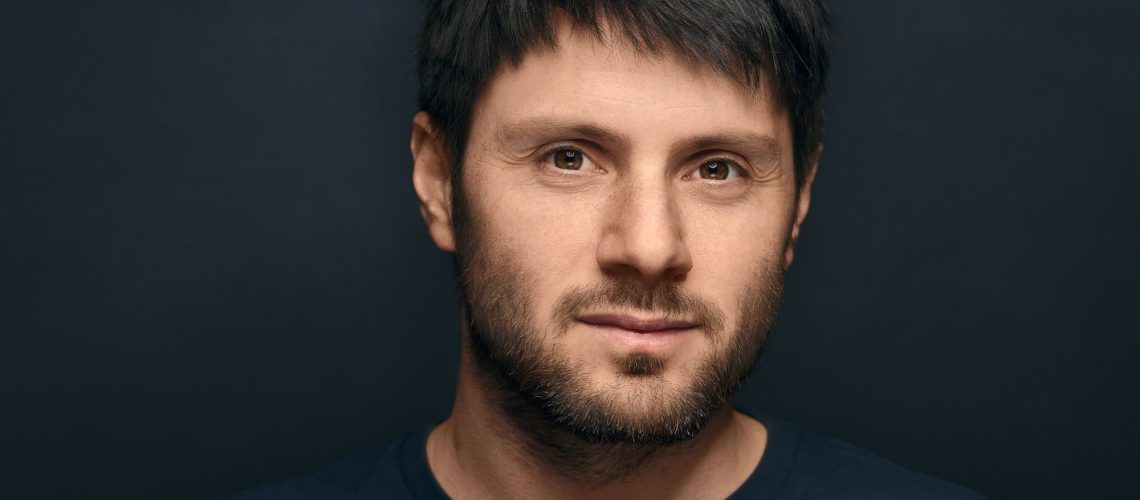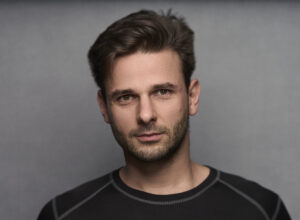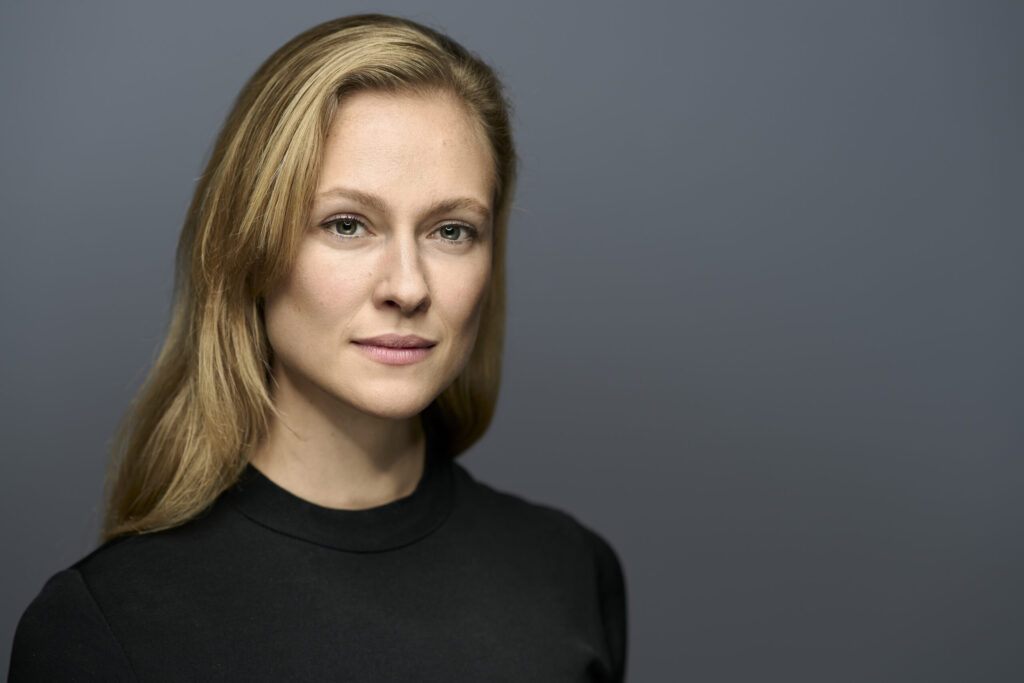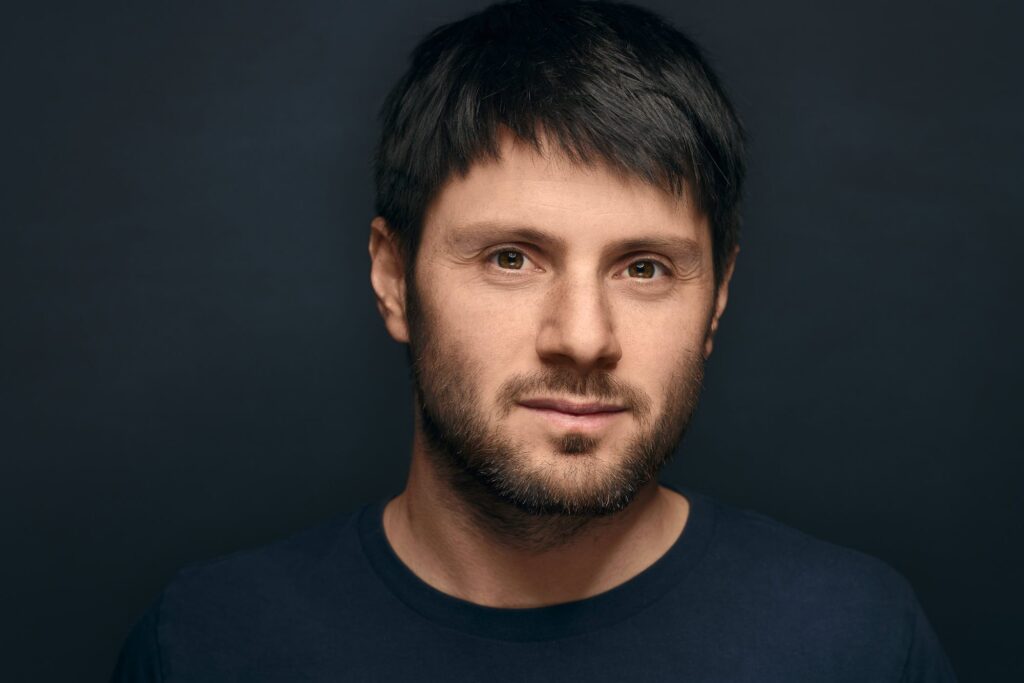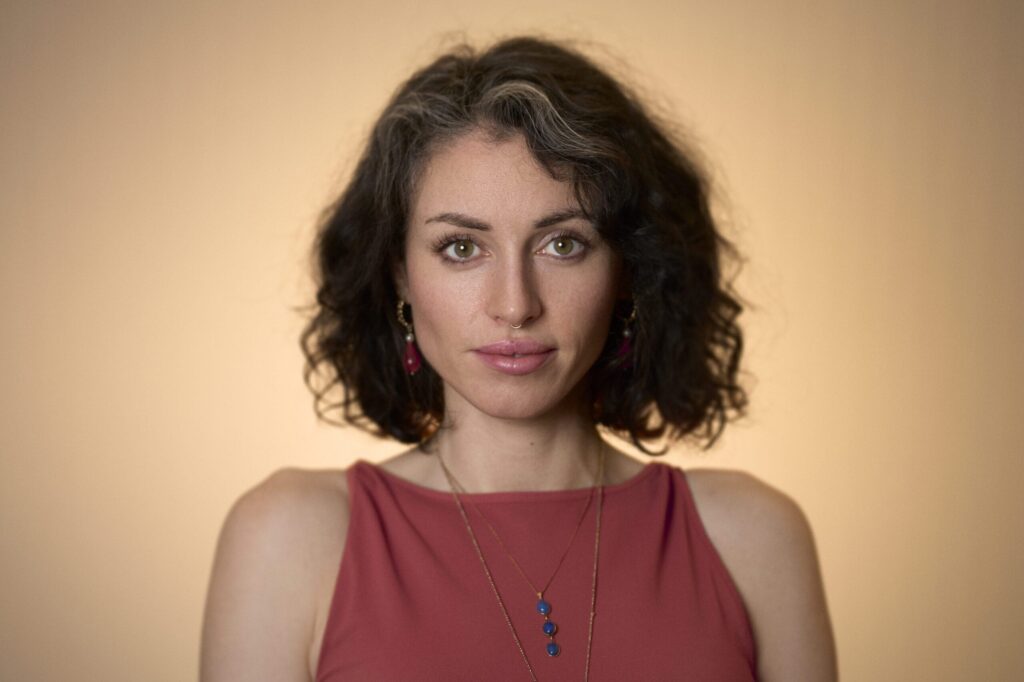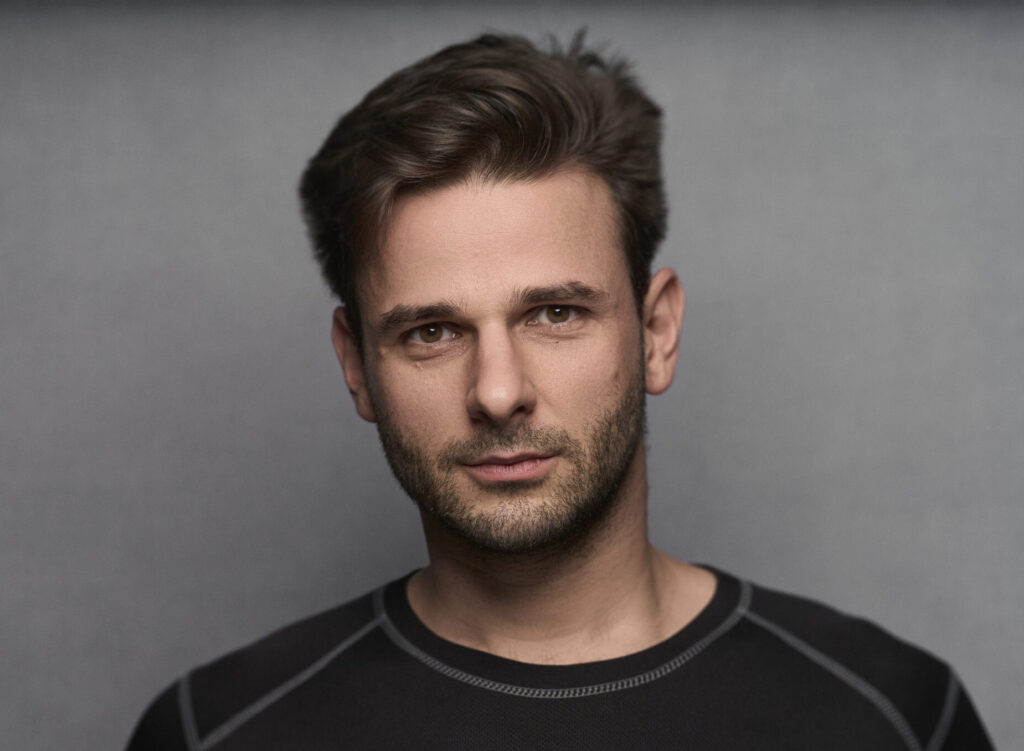Headshot photography is a terrific way to capture someone’s personality and character in a single image. Whether you’re shooting headshots for actors, business professionals, or anyone else, it’s important to have good lighting to create a flattering and professional look. In this post, we’ll explore the importance of good studio lighting for headshot photography and share some tips to help you achieve the best results.
First and foremost, good lighting is essential to create a flattering and natural-looking headshot. When you’re shooting a headshot, you want to ensure that your subject’s face is evenly lit, with no harsh shadows or unflattering highlights. This can be achieved with softbox lights or diffusers, which can help to create a soft and natural-looking light that flatters your subject.
Another reason why good lighting is crucial for headshot photography is that it can help to bring out your subject’s best features. With the right lighting setup, you can emphasize your subject’s eyes, cheekbones, and other facial features, making them look their best. This can help to create a more engaging and memorable image that captures your subject’s unique personality and character.
Good lighting can also help to set the tone and mood for your headshot. Whether you’re going for a dramatic and moody look or a bright and cheerful one, lighting can help to create the desired atmosphere. For example, you can use colour gels or filters to create different moods and tones, or experiment with different lighting setups and positions to find the most flattering and effective angles.
So how can you achieve the best lighting for headshot photography? Here are a few tips to get you started:
- Use a softbox or diffuser to create a soft and natural-looking light.
- Position your subject in front of the light source to avoid harsh shadows.
- Use a reflector to bounce light back onto your subject’s face and eliminate any unwanted shadows.
- Be mindful of your environment and avoid distracting backgrounds or reflections.
In conclusion, good studio lighting is essential to creating high-quality headshot photography that is visually appealing and engaging. By investing in quality lighting equipment and experimenting with different setups and techniques, you can take your headshots to the next level and create something truly remarkable. So go ahead and play around with your lighting setup – you might be surprised at how much of a difference it can make!
